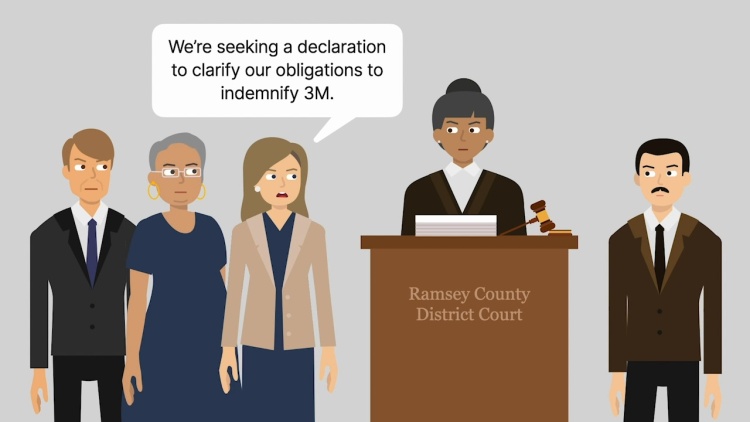In re Silicone Implant Insurance Coverage Litigation
Minnesota Supreme Court
667 N.W.2d 405 (2003)
- Written by Genan Zilkha, JD
Facts
3M (defendant) had high-level, excess-layer, occurrence-based insurance policies with several insurers (plaintiffs). Those insurance policies were in place from 1977 to 1985. The excess-layer insurance policies would be paid out after 3M had exhausted its previous policies. Under the excess-layer policies, the insurers would indemnify 3M for any amount that 3M was obligated to pay in damages due to injuries or damages that were covered under the policy. The policies applied to “injury or damage arising out of: bodily injury or property damage caused by an occurrence.” Silicone implantees who suffered from autoimmune disorders arising from leaks in the silicone implants sued 3M. These leaks caused continued contact between the implantees’ cells and silicone. Although the silicone implants were implanted during the policy period, the lawsuits were brought after the insurance policies had expired. 3M’s insurers brought a declaratory-judgment action to clarify their obligations in 3M’s silicone-implant litigation. The district court held that 3M’s insurance policies were triggered when the silicone implants were implanted. Thus, the insurance companies were obligated to indemnify 3M for lawsuits arising from implantations that occurred during the policy period. The district court also found that, because the damages were continuous from the time of implantation, and injuries continued due to ongoing cellular exposure to silicone, 3M’s losses should be allocated pro rata between all of 3M’s insurance companies. The court of appeals affirmed.
Rule of Law
Issue
Holding and Reasoning (Anderson, J.)
What to do next…
Here's why 899,000 law students have relied on our case briefs:
- Written by law professors and practitioners, not other law students. 47,000 briefs, keyed to 994 casebooks. Top-notch customer support.
- The right amount of information, includes the facts, issues, rule of law, holding and reasoning, and any concurrences and dissents.
- Access in your classes, works on your mobile and tablet. Massive library of related video lessons and high quality multiple-choice questions.
- Easy to use, uniform format for every case brief. Written in plain English, not in legalese. Our briefs summarize and simplify; they don’t just repeat the court’s language.





